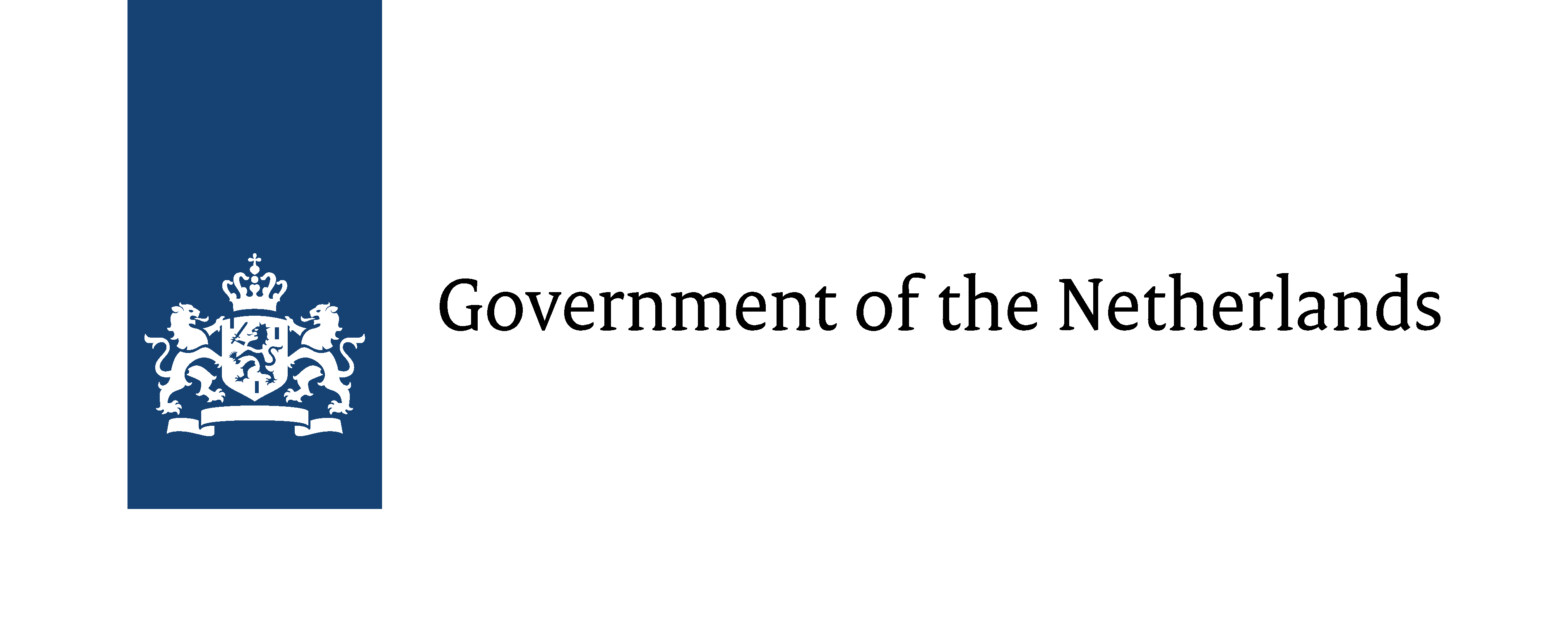Historical overview
Dutch cinema has been around almost as long as film itself. Barely a year after the Lumiere brothers had shown the first public viewing of their film in France, the first film productions in the Netherlands were being shot. Yet despite this promising start, it would be a long time before feature film production of any significance would get under way in the Low Countries. Up until World War II, Dutch feature films were relatively inexpensive and statically filmed productions aimed at the small domestic market. In the era of the silent movie, the expressive actress Annie Bos became a national star in the Netherlands, but her attempt to break through in America failed.
The coming of the talkies was marked by the film version of the theatre musical De Jantjes (1933), a production whose popular tone and lack of artistic ambition was typical of pre-war Dutch cinema. In an attempt to break away from the banality and commercialism in the cinemas, the renowned writer Menno Ter Braak established the Nederlandsche Filmliga in 1927, a collective of left-wing intellectuals dedicated to broadcasting avant-garde films from the Soviet Union. Documentary maker Joris Ivens put the ideals of the Filmliga into practice with his experimental and socially engaging films. Ivens was held in high esteem internationally, but at home in the Netherlands there was less regard for this film maker who was associated with communist regimes. Following his critical documentary Indonesia Calling, about the fight for independence in the former Dutch East Indies, he was actually blacklisted by the authorities.

